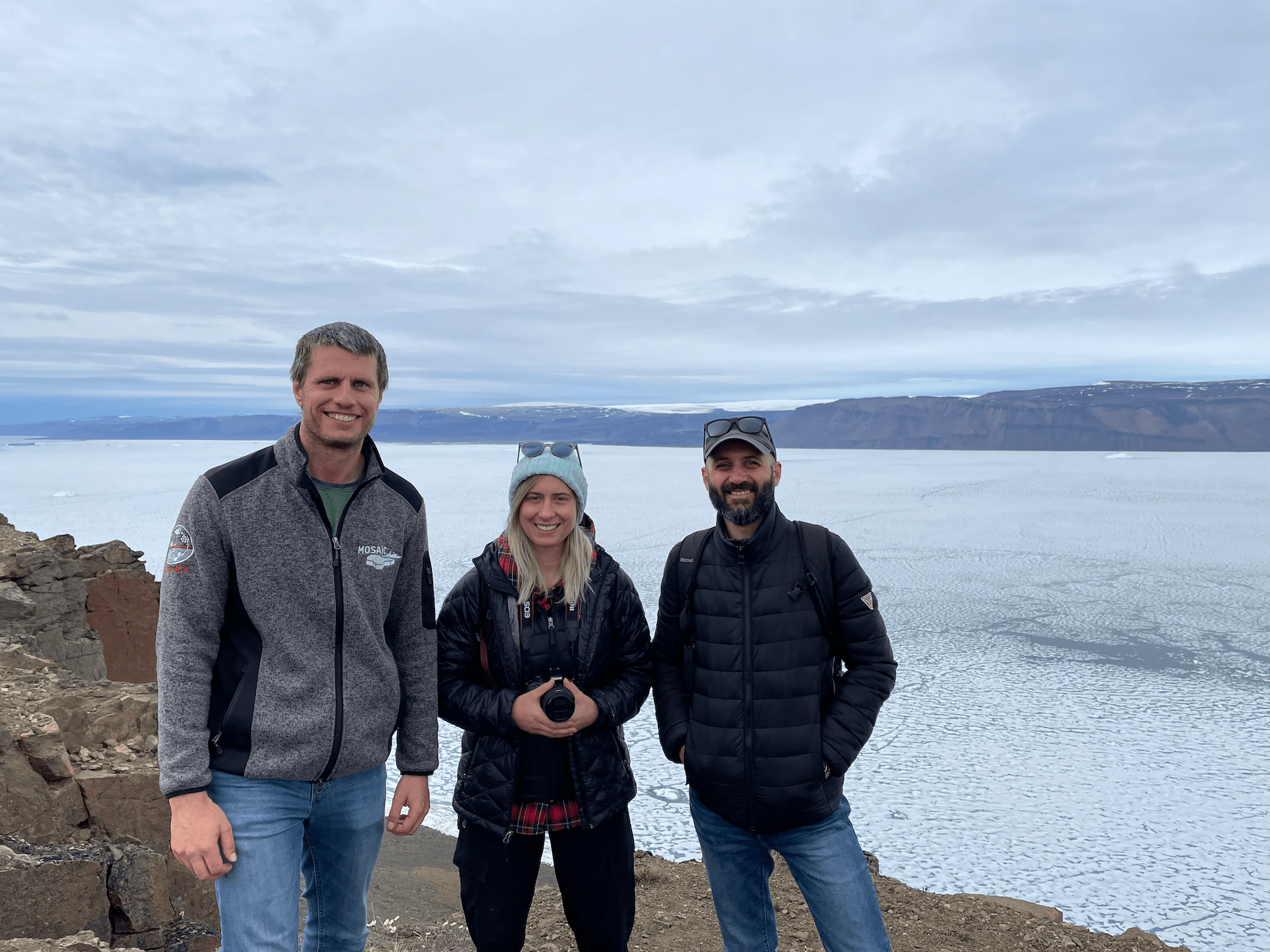Over the next two weeks, a handful of NASA scientists will be living very different lives from the rest of us: they will board a research plane in Greenland alongside laser instruments to help calibrate NASA’s space-based measurements of Arctic ice.
The ice researchers and instrument scientists will board NASA’s Gulfstream V jet and fly out of Thule Air Base in northwestern Greenland to head even farther north. And if they’re lucky with the weather, they’ll do that up to seven times.
The airborne campaign will study the jumble of ice, snow and melt ponds in the Arctic Ocean during the warmer summer months to better understand melting sea ice.
“The changes in Arctic summer sea ice thickness in the summer are really important since this is the time when the thicker, multi-year ice is disappearing,” said Nathan Kurtz, ICESat-2 deputy project scientist at NASA’s Goddard Space Flight Center in Greenbelt, Maryland. “We want to keep track of it, but historically it’s been really difficult to do across the whole of the Arctic.”
For sea ice thickness, satellite radar and laser measurements usually work great – in three out of four seasons. But in summer, open ocean and melt ponds on the ice make it trickier to accurately determine how high the ice surface floats above water.
For more than four decades, satellites have tracked the area of the sea ice covering the Arctic Ocean. The seasonal and year-to-year change in this extent showed a significant shrinking trend: The last 15 summers have also had the minimum sea ice extents observed since record-keeping began in 1978.
Scientists believe that ICESat-2, a NASA satellite launched in September 2018, can effectively infer this summer thickness. ICESat-2 carries an incredibly precise laser altimeter, which collects a dense grid of measurements that scientists have used to measure the surface height of summer ice, melt ponds, and water.
But to know for sure, the satellite measurements need to be confirmed by other measurements taken nearer to the surface – and that’s why the scientists are flying over some of the most remote areas on the planet.
The plane will fly at both 30,000 feet and 1,600 feet, on routes designed to measure the same ice that the satellite is covering from its orbit about 300 miles above Earth. Two different laser instruments, one from Goddard and one from the University of Texas, Austin, will be aboard.
The airborne campaign will check the ICESat-2 sea ice thickness estimates during summer and improve their accuracy. The results will then be used to improve computer programs that provide year-round ice thickness information.
With the data from these instruments, scientists can improve the interpretation of the summer ICESat-2 measurements, said Rachel Tilling, a sea ice scientist at Goddard participating in the campaign. Tilling and her colleagues will use the data to understand whether surface water indicates melt ponds or breaks between ice flows. It will allow scientists to get a better sense of when and where the previously thick sea ice, which had built up over years, is thinning.
This new information on the thickness of the sea ice combined with existing information on the extent of the ocean covered by ice allows researchers to calculate the changing volumes of ice through the summer.
“Summer is the time when we’re seeing the most drastic changes in the extent of the sea ice, but we don’t know what’s happening under the surface,” Tilling said. “We can assume that also means the volume is decreasing – but we actually need the ICESat-2 thickness data to know what’s driving the year-to-year changes in summer sea ice volume.”
By Kate Ramsayer
NASA’s Goddard Space Flight Center, Greenbelt, Md.
























